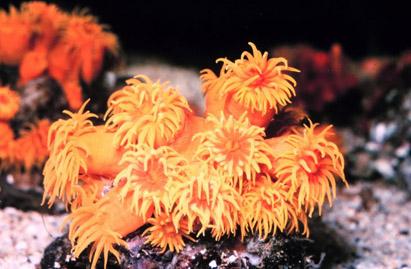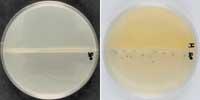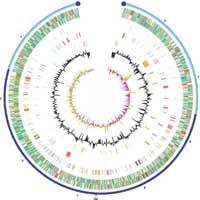Space antibiotics: drugs of the future?
2002/04/03 Orobengoa, Olatz - Elhuyar Zientziaren Komunikazioa
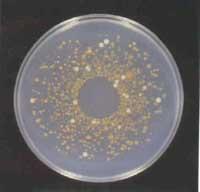
Of the bacteria that participated in the experiment, a colony produced twice as many antibiotics. With these spectacular results the interest of scientists and the pharmaceutical industry has been aroused, who have sought the reason for these results.
Researchers have proposed that such positive results may be due to microgravity. On Earth, due to gravity, the heavy substances that constitute the living environment of microorganisms sink and the light ones tend to remain at the top. But in space there are no forces of gravity or sedimented substances, but neither do they float. This particular situation seems to influence the metabolic activity of microorganisms.
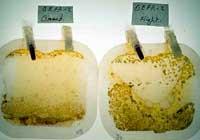
An example of this is the short time of adaptation of space microorganisms. When microorganisms colonize a new place, adaptation to this new medium requires some time before they begin to form colonies. The end of the adaptation time is conditioned by the concentration of a flowing substance. In conditions of microgravity, it seems that the adaptation time is less, since the flowing substance is near the cell, that is, the proper concentrations are obtained before. The short adaptation time means colonies grow faster. Therefore, space microorganisms could produce more antibiotics in the same time.
Now, the challenge of scientists is to know how to repeat what has been achieved with microgravity on Earth. They say that producing more than 1% of what is currently produced would mean an annual savings of six million dollars for the pharmaceutical industry.

Gai honi buruzko eduki gehiago
Elhuyarrek garatutako teknologia




